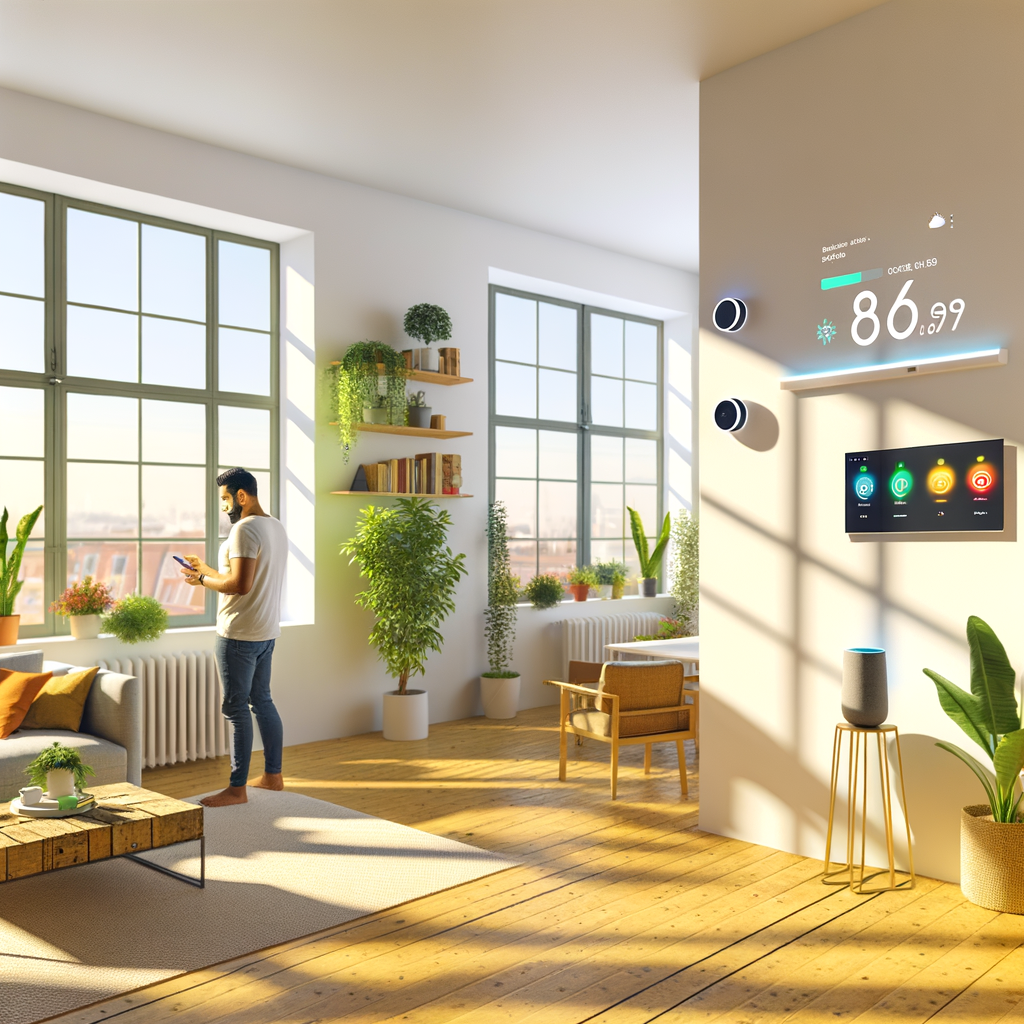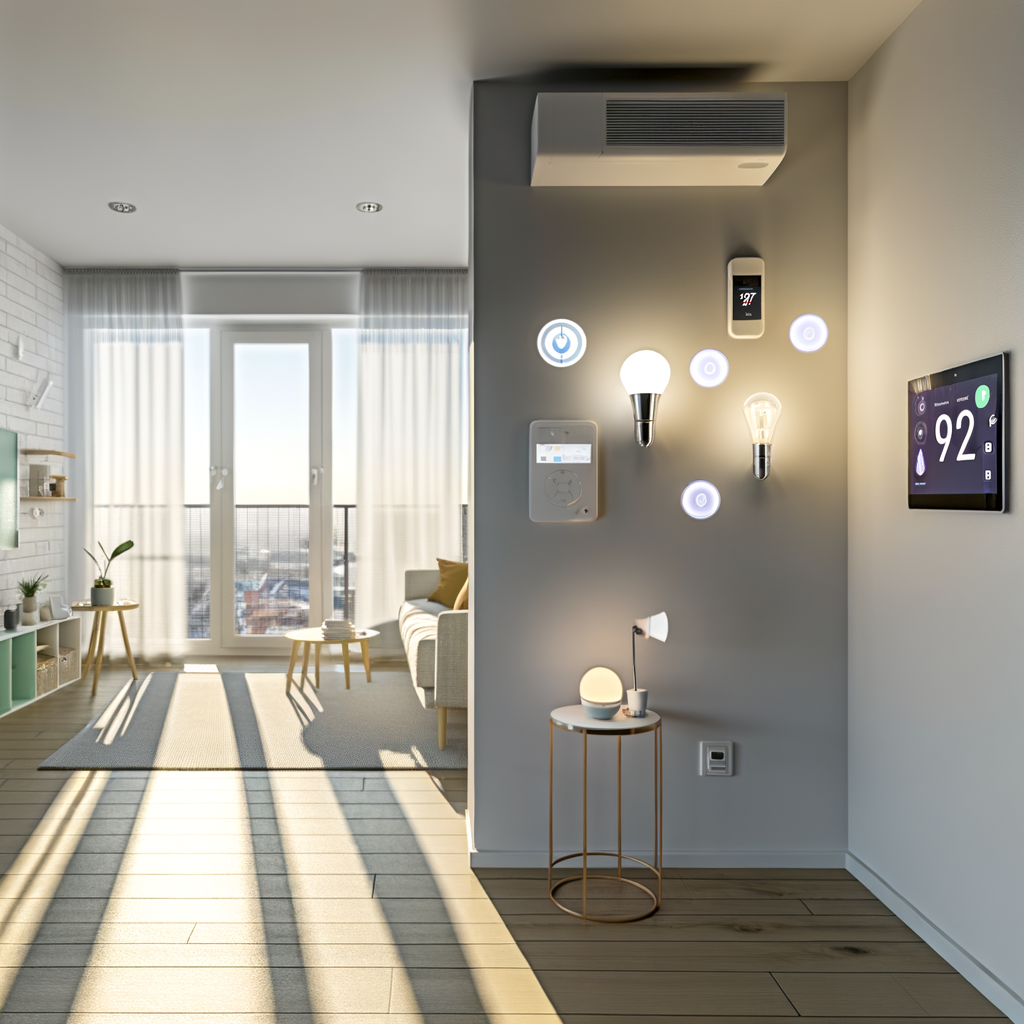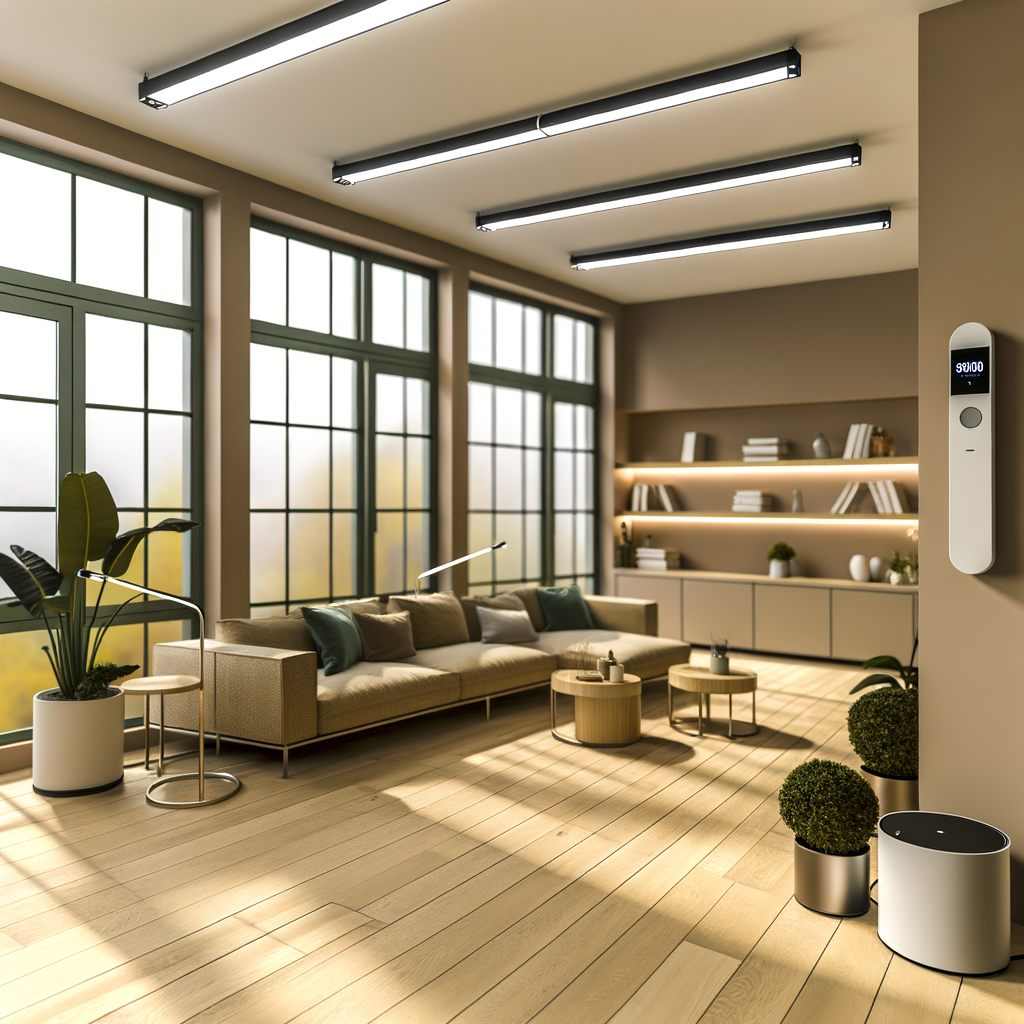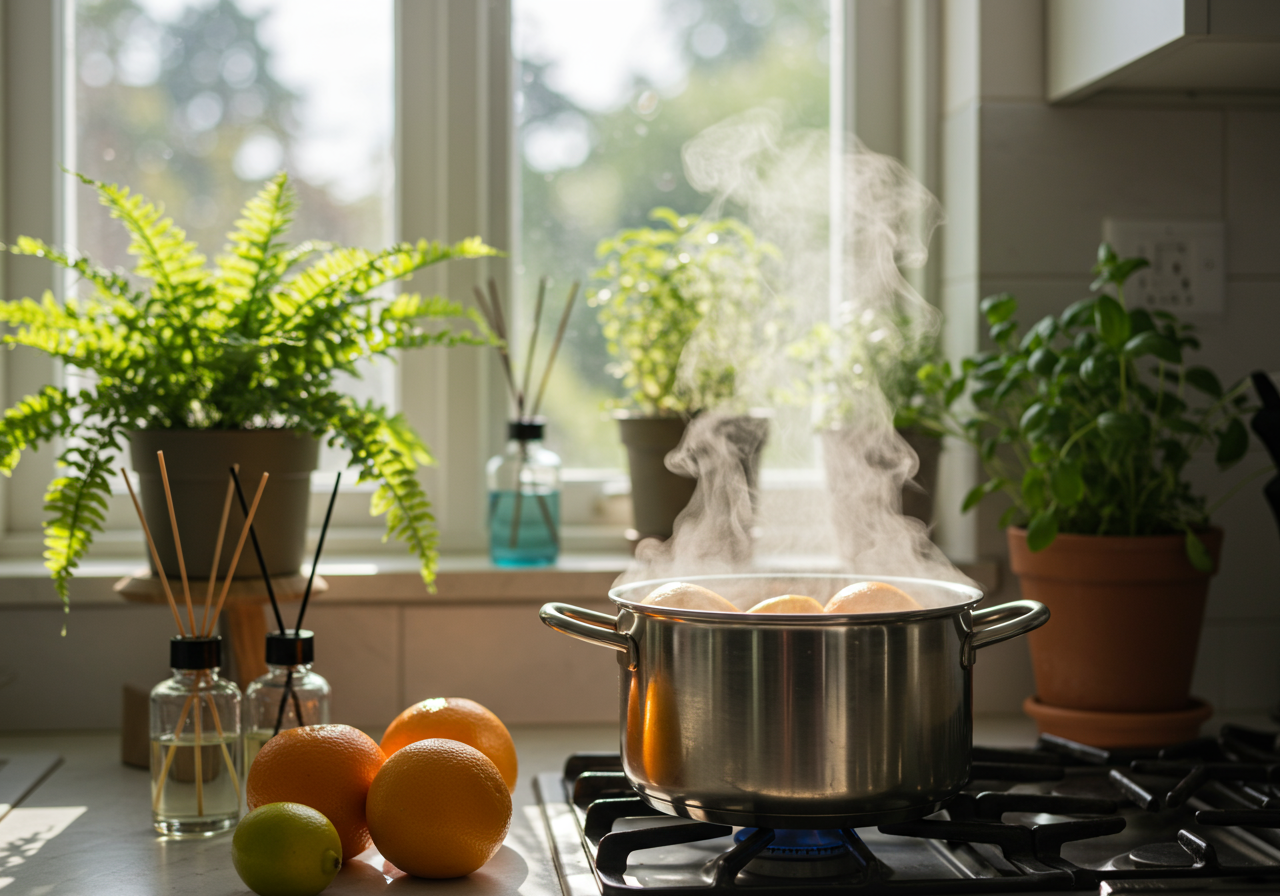Busting 7 Common Myths About Smart Home Tech for Eco-Conscious Renters
Smart home technology has never been more accessible. Yet, for many renters striving for a greener lifestyle, misconceptions about cost, complexity, and suitability often stand in the way. Whether you’re a tech newbie or a seasoned eco-warrior, it’s time to separate fact from fiction. Let’s debunk the seven most common myths about smart home tech—so you can save energy, money, and the planet, all while keeping your landlord happy.
Why Eco-Conscious Renters Should Consider Smart Home Tech
Smart home devices aren’t just about convenience—they offer practical solutions for reducing energy usage and waste, making them ideal for eco-friendly lifestyles. Many options work seamlessly in rental environments, adding comfort and savings without risking your deposit.
- Automate efficiency: Devices adjust energy use based on your habits.
- Track and control remotely: Forget to turn off a light? Do it from your phone.
- No renovation required: Most smart devices are plug-and-play and move out with you.
Myth 1: “Smart Home Tech Is Too Expensive for Renters”
Reality check: Not all smart devices come with a sky-high price tag. While some systems can be pricey, the renter-friendly market is full of affordable solutions—many under $50.
How to Save on Smart Home Tech
- Start small: Try a smart plug or bulb for immediate impact.
- Room-by-room upgrades: Spread out your purchases to fit your budget.
- Look for rebates: Utility companies often offer discounts on smart thermostats and bulbs.
Best of all, most devices move with you, offering long-term savings on utility bills (and carbon footprint) wherever you live.
Myth 2: “You Need to Own Your Home to Use Smart Devices”
Reality check: Renters can enjoy nearly every benefit of smart home tech. Many products are specifically marketed as “renter-friendly,” requiring no permanent changes.
Top Renter-Friendly Smart Devices
- Smart plugs and bulbs: No rewiring, just plug or screw in.
- Freestanding sensors: Monitor temperature, motion, or humidity.
- Battery-operated cameras: Secure your space without drilling holes.
- Smart thermostats (with landlord approval): Some models are easy to swap in and back out when your lease ends.
When you move, just unplug your devices and take them to your next place.
Myth 3: “Installing Smart Tech Means Damaging the Apartment”
Reality check: Most smart devices are designed for easy, non-permanent installation. You don’t need a toolbox or your landlord’s intervention.
Zero-Tools, Zero-Drama Upgrades
- Plug-in devices: Smart plugs, air quality sensors, and more fit any standard socket.
- Peel-and-stick solutions: Adhesive-backed smart sensors and switches protect your walls.
- Modular systems: Curtain and blind motors, light controls, and even security gadgets that attach without screws.
For devices that do require minor setup (like a smart thermostat), always check your lease and get permission first. Many landlords are open to upgrades, especially if you offer to restore things to their original state at move-out.
Myth 4: “Smart Home Devices Don’t Save Enough Energy to Matter”
Reality check: Properly used, smart home tech can shave 10-20% off your energy bills—and the environmental impact is even bigger.
Where Efficiency Really Happens
- Smart thermostats: Learn your schedule and temp preferences, cutting unnecessary heating and cooling.
- Smart bulbs: Use less power, last longer, and ensure lights are only on when needed.
- Smart plugs: Eliminate “vampire” power drain by switching off idle electronics.
- Leak detectors: Catch leaks early, saving water and preventing property damage.
Most devices offer real-time tracking, so you can see exactly how much you’re saving. Even a single smart plug on your TV or kitchen appliances can make a difference.
Myth 5: “Smart Home Tech Isn’t Secure or Private”
Reality check: Security and privacy concerns are real—but manageable with a few common-sense habits.
Actionable Security Best Practices
- Buy from reputable brands: Major manufacturers regularly update software and fix vulnerabilities.
- Change default passwords: Use strong, unique passwords for device accounts.
- Enable two-factor authentication: Many apps support this for added security.
- Update firmware: Set reminders to keep your devices’ software current.
Most importantly, check privacy settings in the app and only grant permissions you’re comfortable with. You control who sees your data and when.
Myth 6: “Smart Home Tech Is Complicated to Set Up”
Reality check: Modern devices are designed for simplicity. App-driven setup, step-by-step instructions, and clear user interfaces put advanced automation within anyone’s reach.
Easy Setup for Even the Least Tech-Savvy
- Plug and play: Many smart bulbs, plugs, and sensors require nothing more than a power outlet and a Wi-Fi connection.
- Voice assistants: Devices like Alexa and Google Home guide you through linking devices.
- Preconfigured kits: Starter bundles offer a seamless, all-in-one experience for beginners.
If you know how to download an app, follow prompts, and connect to Wi-Fi, you can install and use most smart home gadgets in minutes.
Myth 7: “Smart Tech Only Controls Lights and Thermostats”
Reality check: Today’s smart device ecosystem goes far beyond basic lighting and climate control. There are eco-friendly options for nearly every aspect of apartment living.
Surprising Ways Renters Can Go Smarter and Greener
- Water leak detectors: Catch hidden plumbing leaks early to save water and hassle.
- Indoor air quality sensors: Monitor VOCs, CO2, humidity, and more for a healthier environment.
- Smart power strips: Automatically turn off groups of devices to prevent phantom energy drain.
- Automated blinds/curtains: Maximize natural light, regulate temperature, and cut energy use.
- Smart showers and faucets: Track and manage water usage for serious eco-impact.
There’s a smart, sustainable solution for just about every eco-challenge you face as a renter.
How to Get Started: A Step-by-Step Approach
1. Identify Your Priorities
- Where do you use the most energy or water?
- What comfort or safety issue do you want to improve?
2. Choose Renter-Friendly, Low-commitment Devices
- Look for “plug-in” and “peel-and-stick” solutions.
- Opt for battery-powered or easily removed devices.
3. Set Up and Test
- Use device apps for guided installation.
- Test from your smartphone or voice assistant to ensure everything works.
4. Track Your Impact
- Monitor energy or water usage over several months.
- Note changes in bills—and the feel of your home!
Extra Tips for Eco-Conscious Renters
- Talk to your landlord: Offer to share energy usage data and savings. Many property owners are open to improvements that don’t damage the unit.
- Check local utility incentives: You might get rebates for smart appliances,




